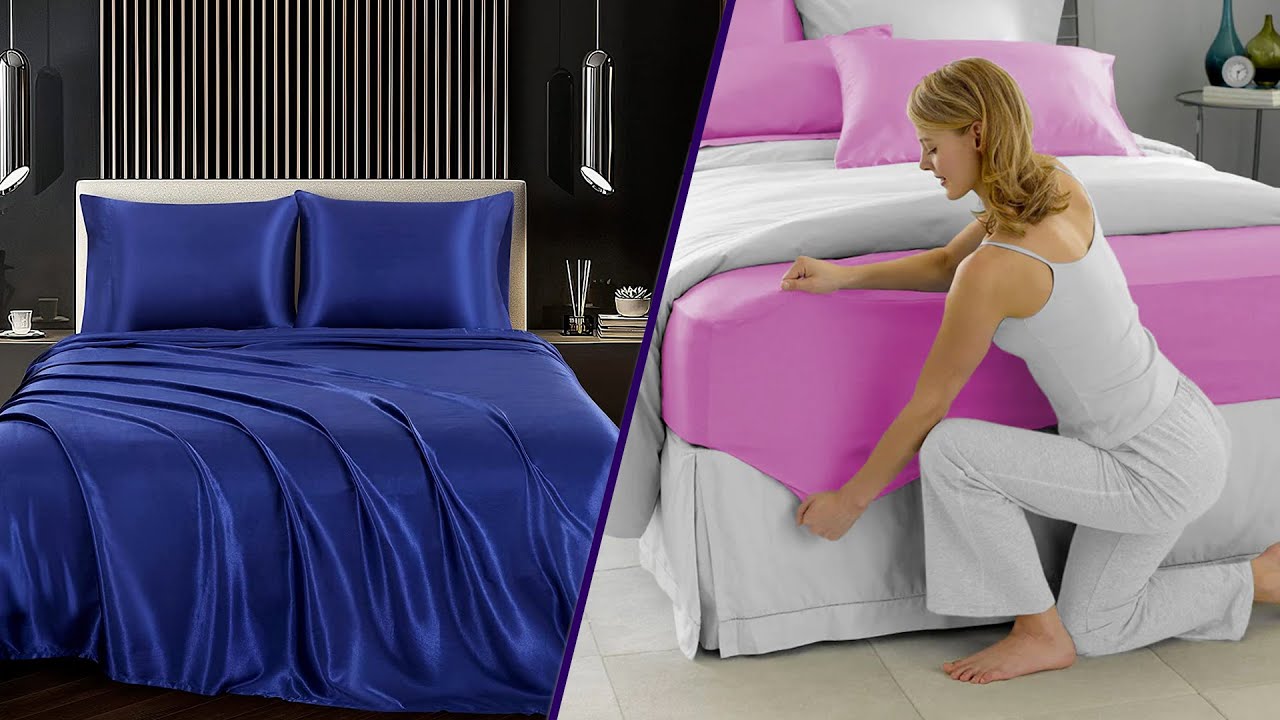

Articles
What Goes First: Fitted Sheet Or Flat Sheet
Modified: February 24, 2024
Discover the proper order for bed sheets: Does the fitted sheet go on first or the flat sheet? Read our in-depth articles to find out the answer and keep your bed perfectly made.
(Many of the links in this article redirect to a specific reviewed product. Your purchase of these products through affiliate links helps to generate commission for Storables.com, at no extra cost. Learn more)
Introduction
When it comes to making the bed and achieving the perfect level of comfort, there is often a lingering debate about the correct order in which to place your bed sheets. Should the fitted sheet go on first, followed by the flat sheet? Or is it better to start with the flat sheet and then add the fitted sheet on top? This seemingly simple question has sparked countless discussions among bedding enthusiasts and even caused some confusion among newbies in the world of bed-making.
In this article, we will delve into the arguments for both scenarios and explore the factors to consider when deciding whether to put the fitted sheet or flat sheet first. By understanding the purpose of each sheet and examining personal preferences, you can make an informed decision to create a bed that is both functional and comfortable.
So, whether you’re a fan of a neatly made bed or finding it challenging to get your sheets just right, read on to discover the best approach for your bedding routine.
Key Takeaways:
- Start with the fitted sheet for a secure, wrinkle-free base that saves time and effort when changing bedding. Prioritize practicality and stability for a visually appealing and convenient bed-making routine.
- Opt for the flat sheet first to enjoy ease of bed-making, added comfort, and temperature control flexibility. Embrace personal preference and comfort to create a visually pleasing and inviting bed.
Read more: What Goes First: Fitted Or Flat Sheet
The Purpose of Fitted Sheets and Flat Sheets
Before we dive into the debate of which sheet should go first, it’s essential to understand the purpose of both fitted sheets and flat sheets. While they may seem similar at first glance, these two sheets serve different functions in creating a comfortable and well-made bed.
A fitted sheet, as the name suggests, is designed to fit snugly over your mattress. It features elasticized corners that grip the mattress and keep the sheet securely in place, even during restless nights or tossing and turning. The elasticized edges ensure that the fitted sheet stays taut and smooth, providing a neat and wrinkle-free surface to rest on. Its primary function is to protect your mattress from spills, stains, and general wear and tear, while also providing a soft and comfortable layer to sleep on.
On the other hand, a flat sheet is a large rectangular piece of fabric that is typically placed on top of the fitted sheet. Its primary purpose is to act as a barrier between you and the comforter or duvet, adding an extra layer of hygiene and making it easier to maintain cleanliness. Traditionally, the flat sheet is tucked securely under the mattress on all sides, creating a smooth and clean surface to sleep on. Additionally, the flat sheet can also be used as a lightweight covering during warmer months or as an extra layer of warmth during colder seasons.
Now that we have a clear understanding of the purpose of both fitted sheets and flat sheets, let’s explore the arguments for each approach in terms of the order in which they should be placed on the bed.
The Argument for Putting the Fitted Sheet First
One school of thought suggests that the fitted sheet should be placed on the bed first. Advocates for this approach believe that starting with the fitted sheet creates a sturdy foundation for the rest of the bedding layers.
By placing the fitted sheet first, you can ensure a snug fit that stays in place throughout the night. The elasticized corners grip the mattress, preventing the sheet from shifting or slipping off, even if you move around in your sleep. This is especially beneficial for those who tend to toss and turn or have thicker mattresses that may require a tighter fit.
Another advantage of putting the fitted sheet first is the convenience it offers when changing and washing your bedding. With the fitted sheet in place, you can easily remove and replace the flat sheet, comforter, or duvet cover without disrupting the neatly tucked corners. This can save time and effort, especially if you have a busy schedule.
Additionally, starting with the fitted sheet allows for a smoother surface for the flat sheet to rest on. Without the presence of wrinkles or creases, the flat sheet lays flat and creates a crisp, clean foundation for the rest of your bedding arrangement. This can contribute to the overall aesthetic appeal of your bed and enhance the visual appeal of your bedroom.
Ultimately, the argument for putting the fitted sheet first revolves around the practicality of a secure and well-fitted base for your bedding. It provides convenience, stability, and a visually appealing starting point for layering your bed.
Next, let’s explore the argument for starting with the flat sheet and then adding the fitted sheet on top.
The Argument for Putting the Flat Sheet First
While some may argue for putting the fitted sheet first, there is an equally compelling case for starting with the flat sheet. Advocates for this approach believe that it offers several advantages in terms of convenience, comfort, and versatility.
One of the main advantages of starting with the flat sheet is the ease of making your bed. By placing the flat sheet first, you have a larger surface area to work with, making it easier to spread and tuck in the sheet neatly. This can be particularly handy if you prefer a tightly tucked bed or have a larger mattress size.
Another benefit of putting the flat sheet first is the added layer of comfort it provides. As the first layer you come into contact with, the flat sheet can offer a soft and breathable barrier between your body and the rest of the bedding. This can be especially beneficial for those who find the texture or feel of the fitted sheet less appealing.
Furthermore, starting with the flat sheet creates additional flexibility in terms of temperature control. During warmer months, you might want to sleep without a heavy comforter or duvet. By placing the flat sheet first, you can use it as a lightweight covering that provides a sense of comfort without overheating. It also makes it easier to adjust the layering according to your comfort preferences.
Additionally, some individuals prefer the aesthetic appeal of having the flat sheet visible as the top layer of their bedding. It adds a touch of elegance and creates a cleaner look, especially when neatly folded or decoratively arranged at the head of the bed. This can be particularly important for those who prioritize the visual presentation of their bedroom.
Overall, the argument for putting the flat sheet first emphasizes the convenience of a larger surface area, the added layer of comfort, and the flexibility it provides for temperature control. Additionally, it offers the opportunity for enhanced aesthetics in terms of both visual presentation and personal comfort.
Next, let’s explore some factors to consider when deciding whether to put the fitted sheet or flat sheet first.
Always start with the fitted sheet when making your bed. This sheet goes directly onto the mattress and provides a smooth, secure base for the rest of your bedding.
Factors to Consider
When deciding whether to put the fitted sheet or flat sheet first, there are several factors to consider. While personal preference and comfort play a significant role in the decision-making process, other practical considerations can also influence your choice.
Bedding Types: The type of bedding you use can impact your decision. Some types of bedding, such as fitted sheets with deep pockets or oversized flat sheets, may be easier to handle when placed first. Consider the dimensions and characteristics of your sheets to determine which order works best.
Mattress Thickness: The thickness of your mattress can also be a determining factor. If you have a thicker mattress, placing the fitted sheet first ensures a snug fit and prevents the edges from popping off. However, if your mattress is on the thinner side, starting with the flat sheet may provide a smoother and more comfortable surface.
Bed-Making Skills: Your skill level and comfort with making the bed can influence your preferred order. If you find it easier to neatly tuck in the corners of the fitted sheet, starting with it might be more efficient. On the other hand, if you excel at spreading and smoothing out the flat sheet, beginning with it could be the better choice for you.
Climate: Consider the climate in your area and your personal temperature preferences. In warmer climates, starting with the flat sheet allows for easier customization and layering options, providing a lighter and cooler sleep experience. In colder climates, placing the fitted sheet first and adding extra layers on top can offer more warmth and insulation.
Hygiene: If you prioritize cleanliness and hygiene, starting with the flat sheet provides an additional layer of protection between you and your comforter or duvet. This can be especially important if you have allergies or if you prefer to wash your sheets less frequently, as the flat sheet can be changed more regularly while the fitted sheet remains in place.
Ultimately, the decision of whether to put the fitted sheet or flat sheet first depends on your personal preferences, comfort level, and the specific characteristics of your bedding and mattress. Be sure to consider these factors to determine the best approach for your bed-making routine.
Now that we have explored the factors to consider, let’s delve into the importance of personal preference and comfort when making this decision.
Personal Preference and Comfort
When it comes to making the bed, personal preference and comfort are key factors in deciding whether to put the fitted sheet or flat sheet first. The way you feel when you climb into bed can greatly impact your sleep quality and overall satisfaction with your bedding arrangement.
Some individuals find that starting with the fitted sheet provides a sense of security and stability. The snug fit and tautness created by the elasticized corners can contribute to a more secure feeling while sleeping. This can be particularly important for those who struggle with restless nights or have a tendency to move around in their sleep.
On the other hand, starting with the flat sheet can offer a different level of comfort. For those who prefer a softer and more breathable surface against their skin, the flat sheet serves as a barrier between the body and the rest of the bedding. It can create a smoother, more luxurious feeling as you slide into bed.
Moreover, personal preference in terms of aesthetics also plays a role. Some individuals prefer the visual appeal of having the flat sheet as the top layer, especially if it is folded neatly or has a decorative design. This adds a touch of elegance and can create a more inviting and visually pleasing bed.
It is important to prioritize your own comfort and preferences when making the decision. Take the time to experiment with different bedding arrangements to determine which order feels best for you. This might involve trying out different combinations of fitted sheets, flat sheets, or even omitting one altogether.
Remember, there is no right or wrong answer when it comes to personal preference and comfort. Each individual has unique preferences and needs, so trust your instincts and choose the order that makes you feel most comfortable and at ease when you settle into bed.
Now that we have discussed the importance of personal preference and comfort, let’s wrap up our conversation on this topic.
Conclusion
When it comes to the debate of whether to put the fitted sheet or flat sheet first, there is no definitive answer that applies to everyone. The decision ultimately comes down to personal preference, comfort, and practical considerations.
Starting with the fitted sheet provides a secure and stable base, ensuring a tight and wrinkle-free fit. It offers convenience when changing and washing your bedding and provides a smooth surface for the rest of your bedding layers. On the other hand, beginning with the flat sheet offers ease of bed-making, an added layer of comfort, and flexibility in temperature control.
Various factors must also be taken into account, such as the type of bedding, mattress thickness, bed-making skills, climate, and hygiene preferences. These factors can influence your choice and determine which order is best suited for your needs and preferences.
Above all, personal preference and comfort should be the guiding factors in making this decision. Take the time to experiment and find the order that feels most comfortable and appealing to you. Whether it’s the snug fit of the fitted sheet or the softness of the flat sheet, prioritize your own sleep comfort and create a bed that provides a peaceful and rejuvenating sleep environment.
So, the next time you make your bed, feel confident in your decision of whether to put the fitted sheet or flat sheet first. Embrace your personal preferences, consider practical factors, and enjoy a comfortable and well-made bed that welcomes you into a restful night’s sleep.
Frequently Asked Questions about What Goes First: Fitted Sheet Or Flat Sheet
Was this page helpful?
At Storables.com, we guarantee accurate and reliable information. Our content, validated by Expert Board Contributors, is crafted following stringent Editorial Policies. We're committed to providing you with well-researched, expert-backed insights for all your informational needs.

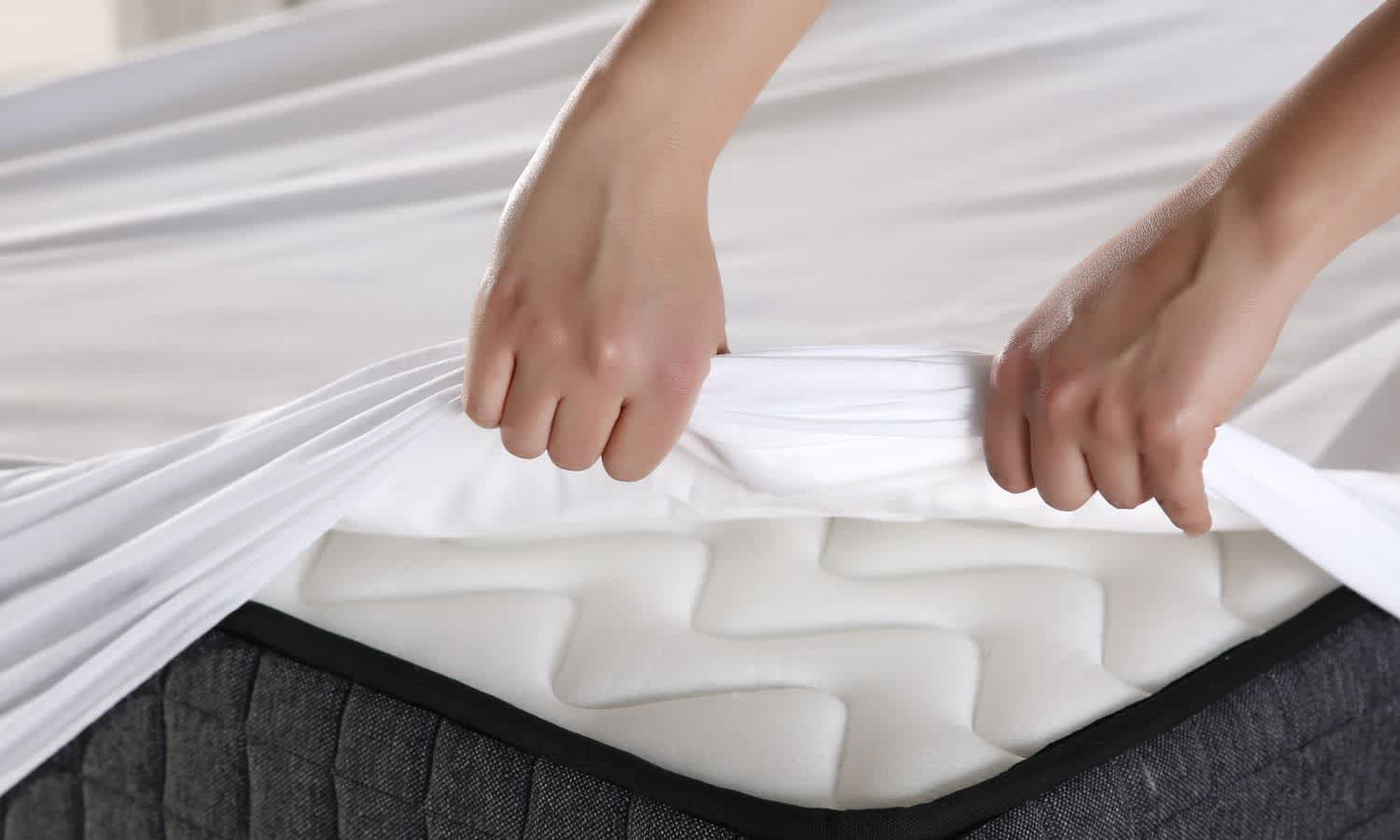
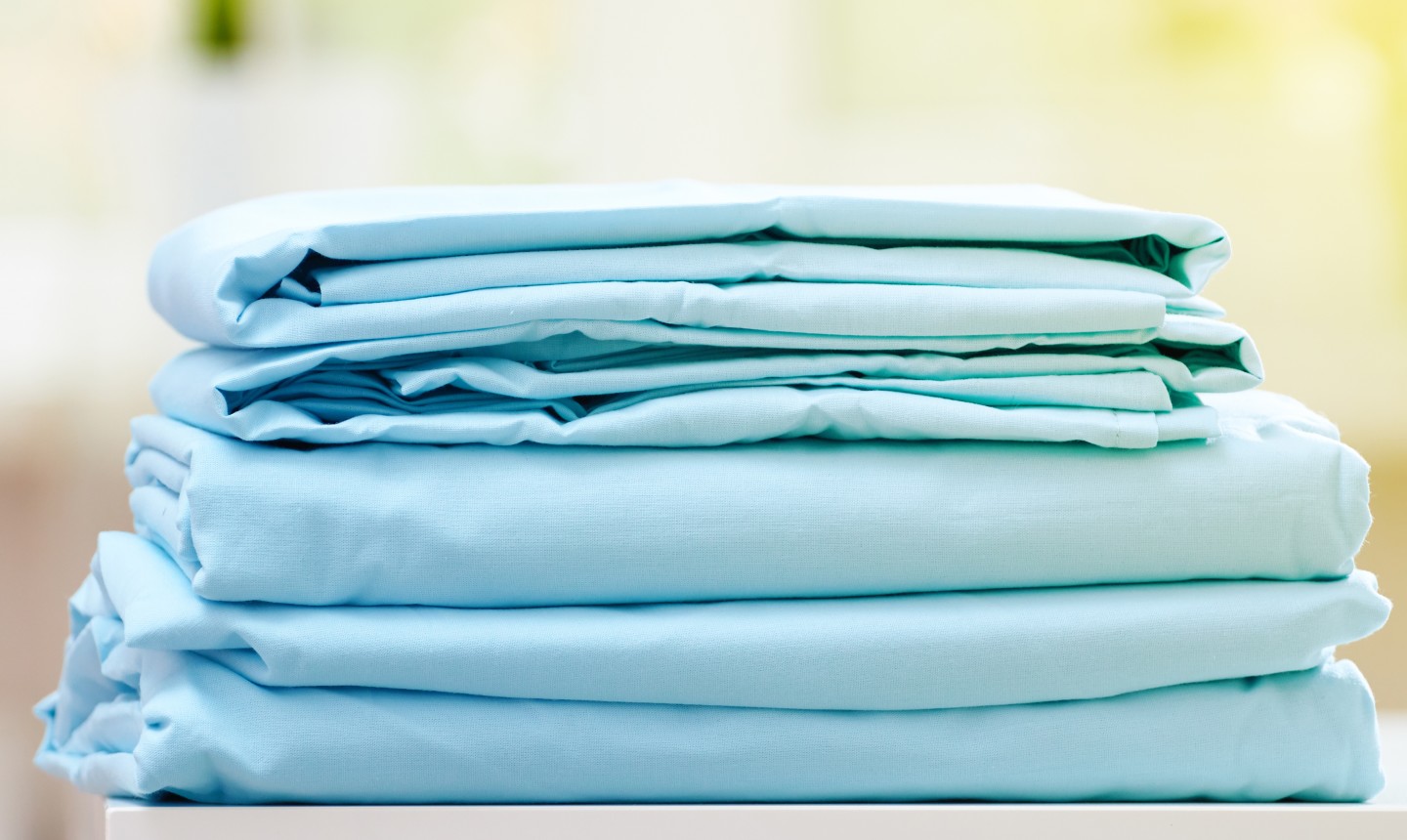
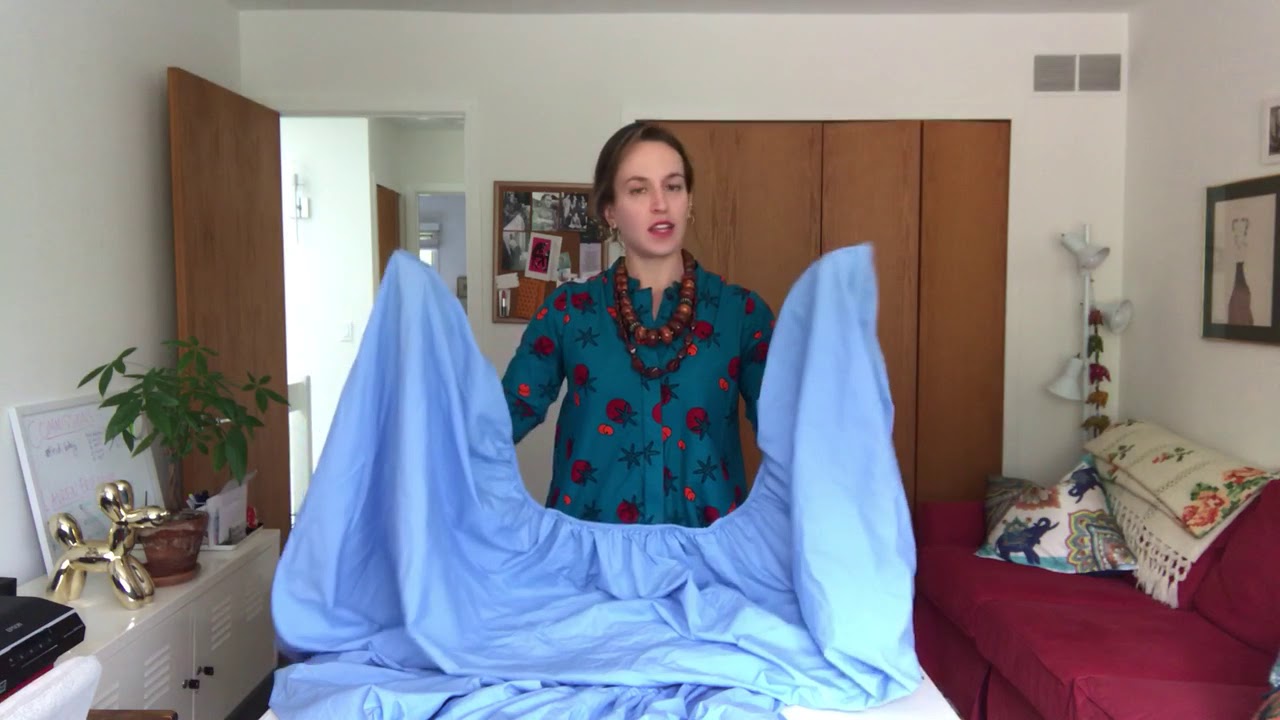
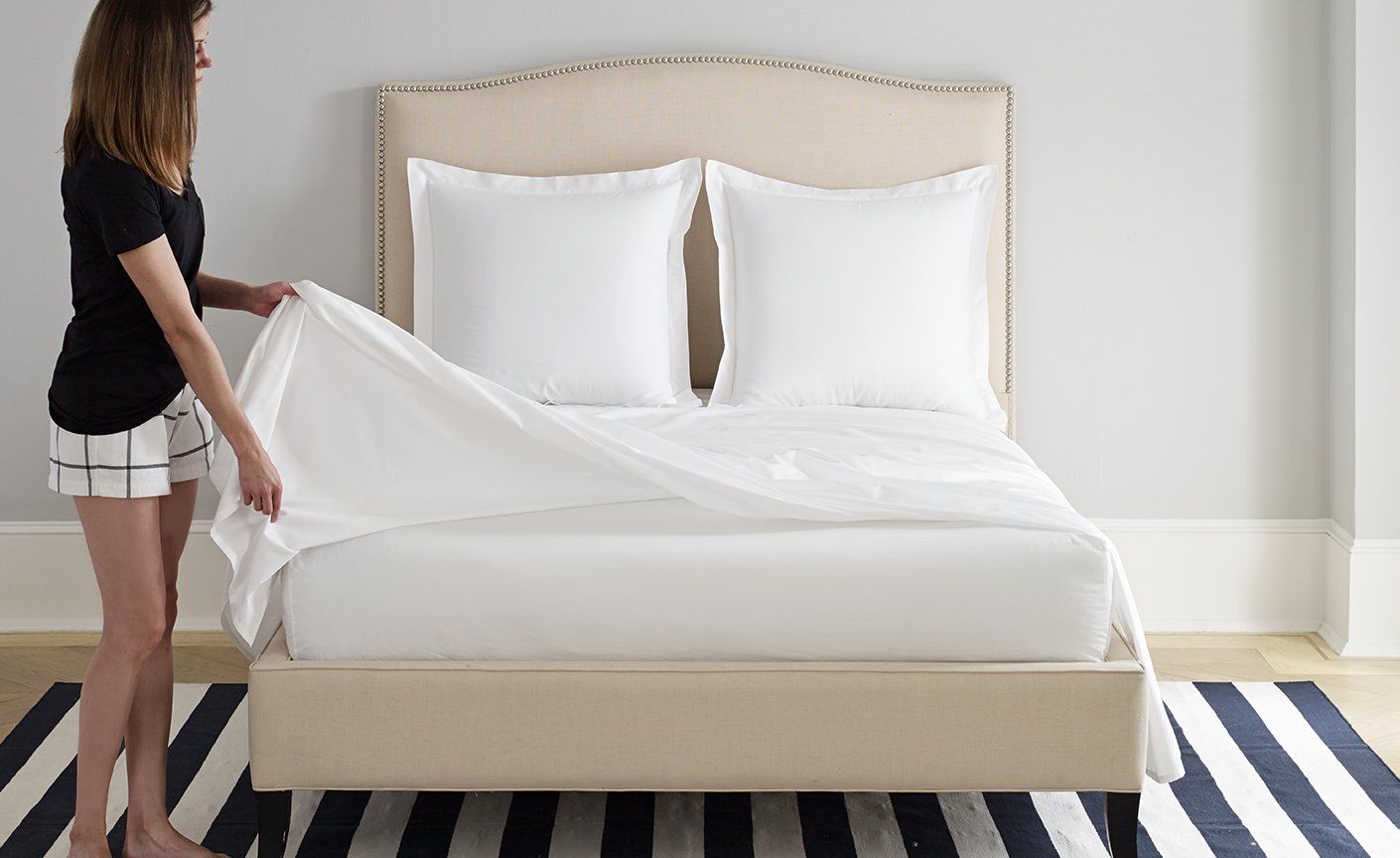
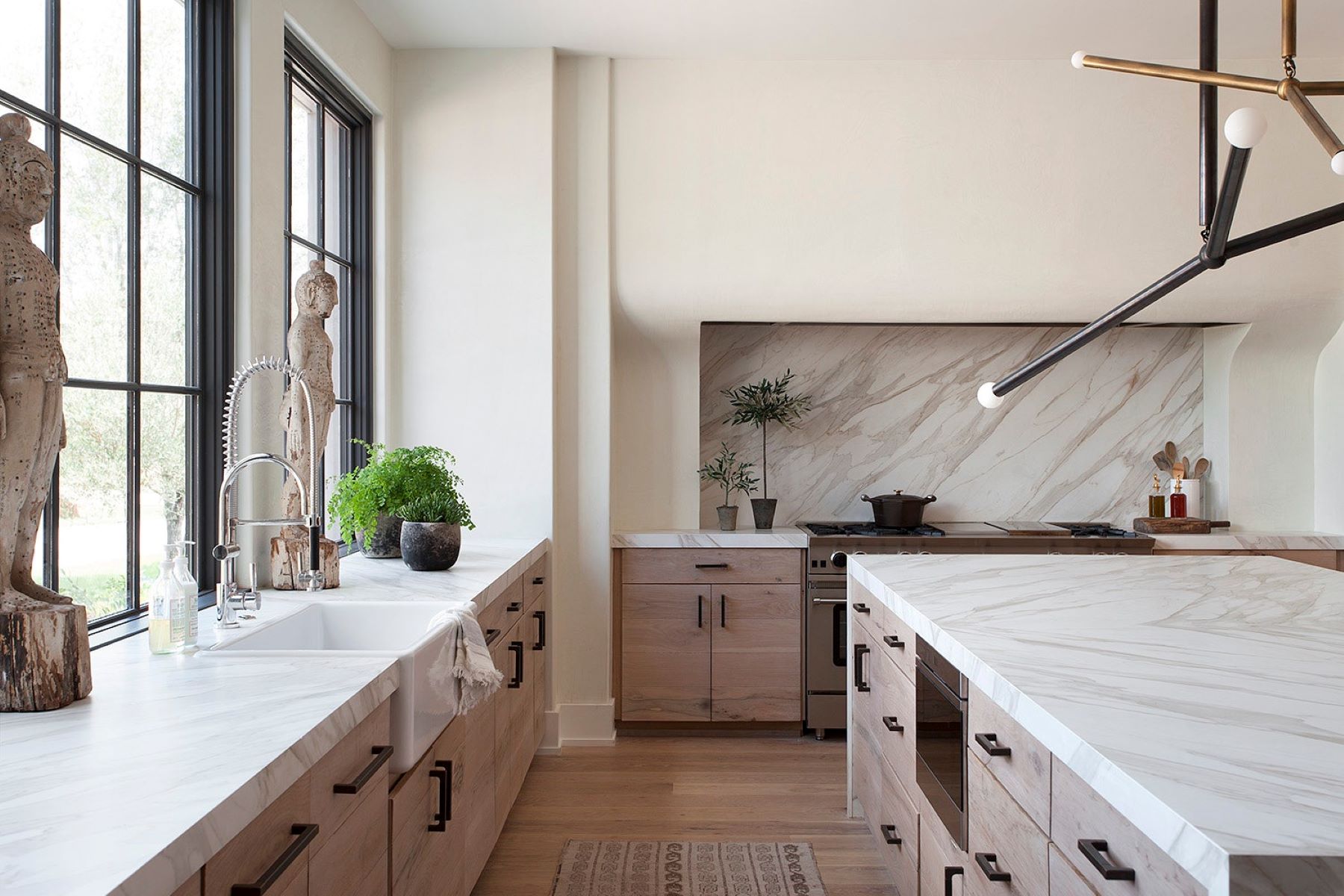
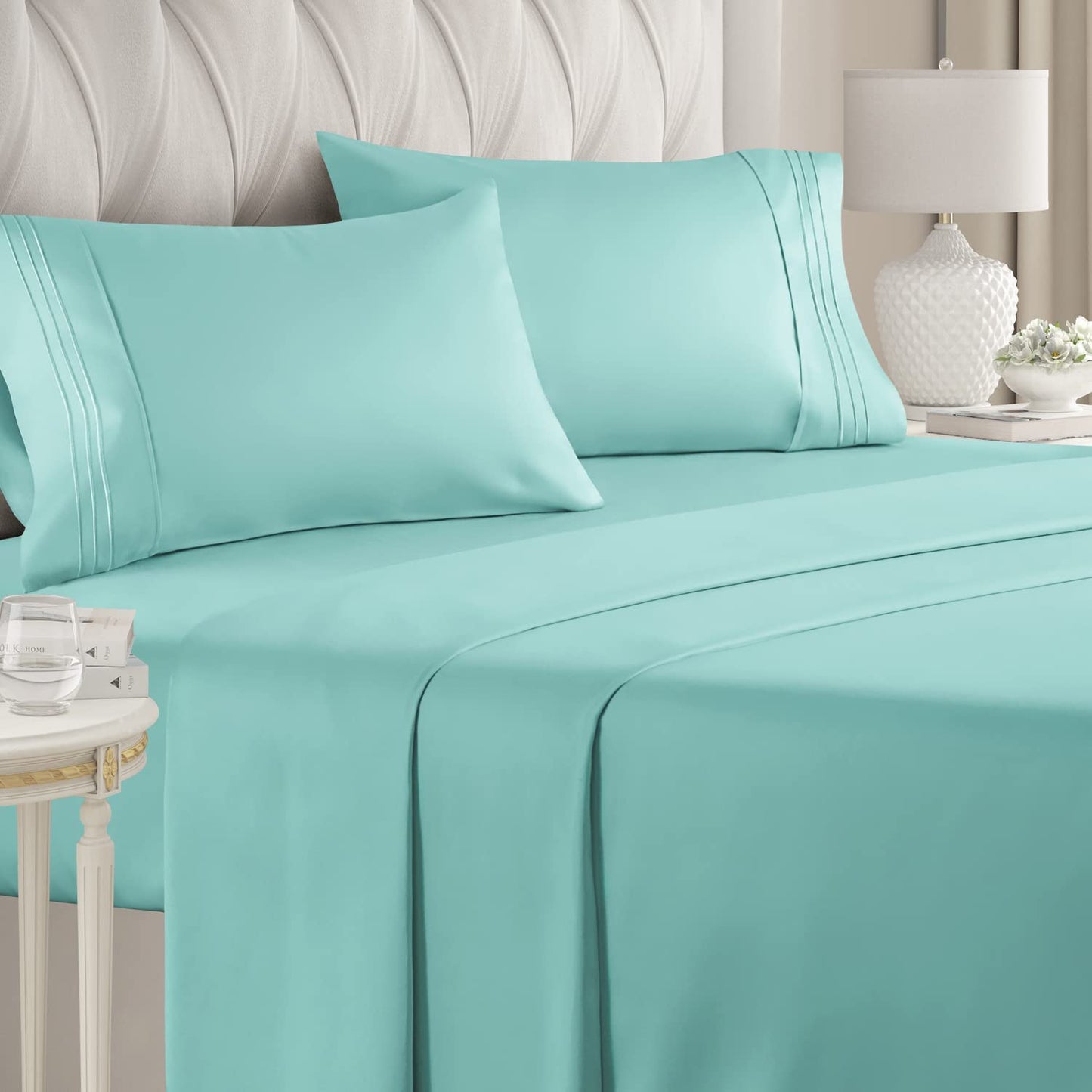
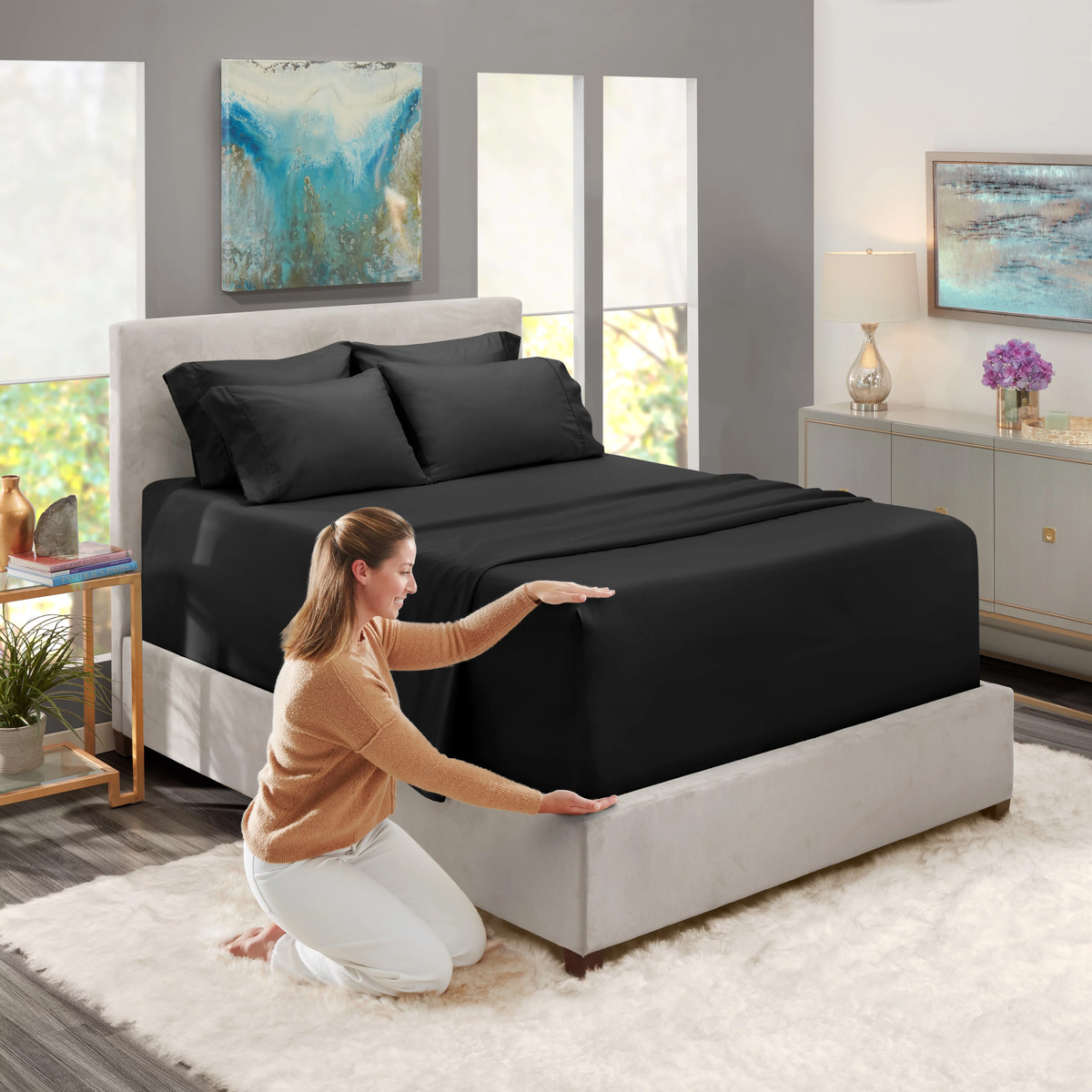
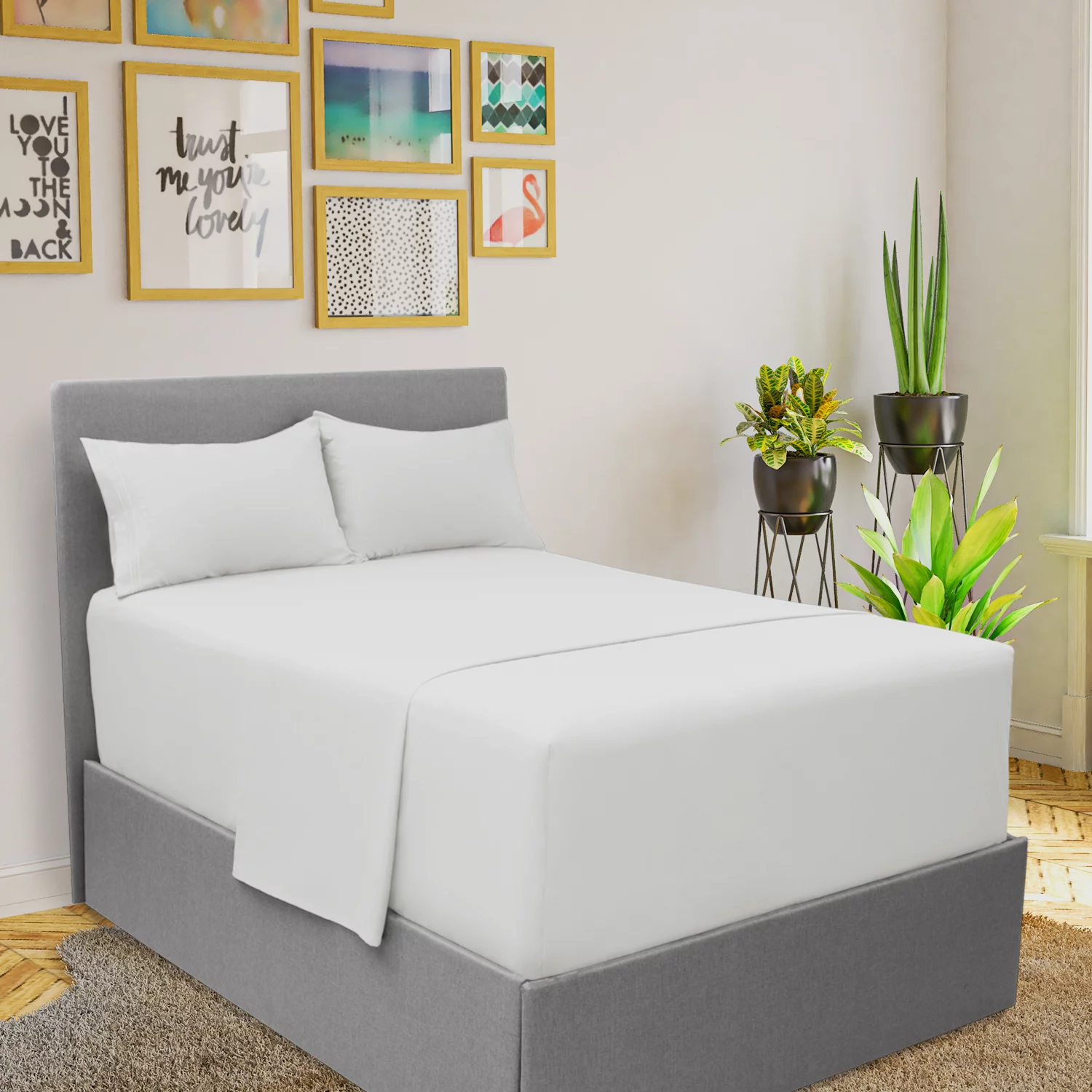
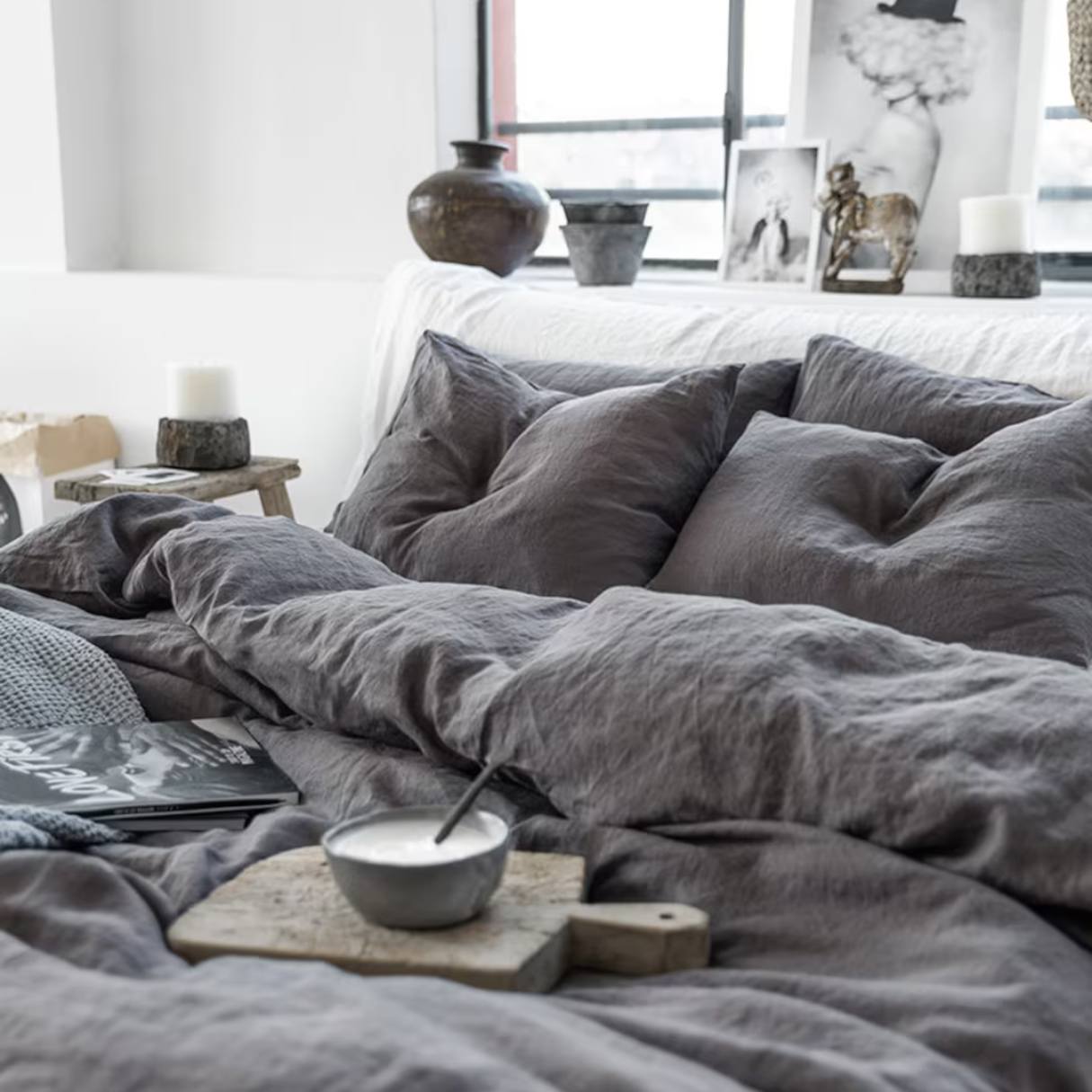
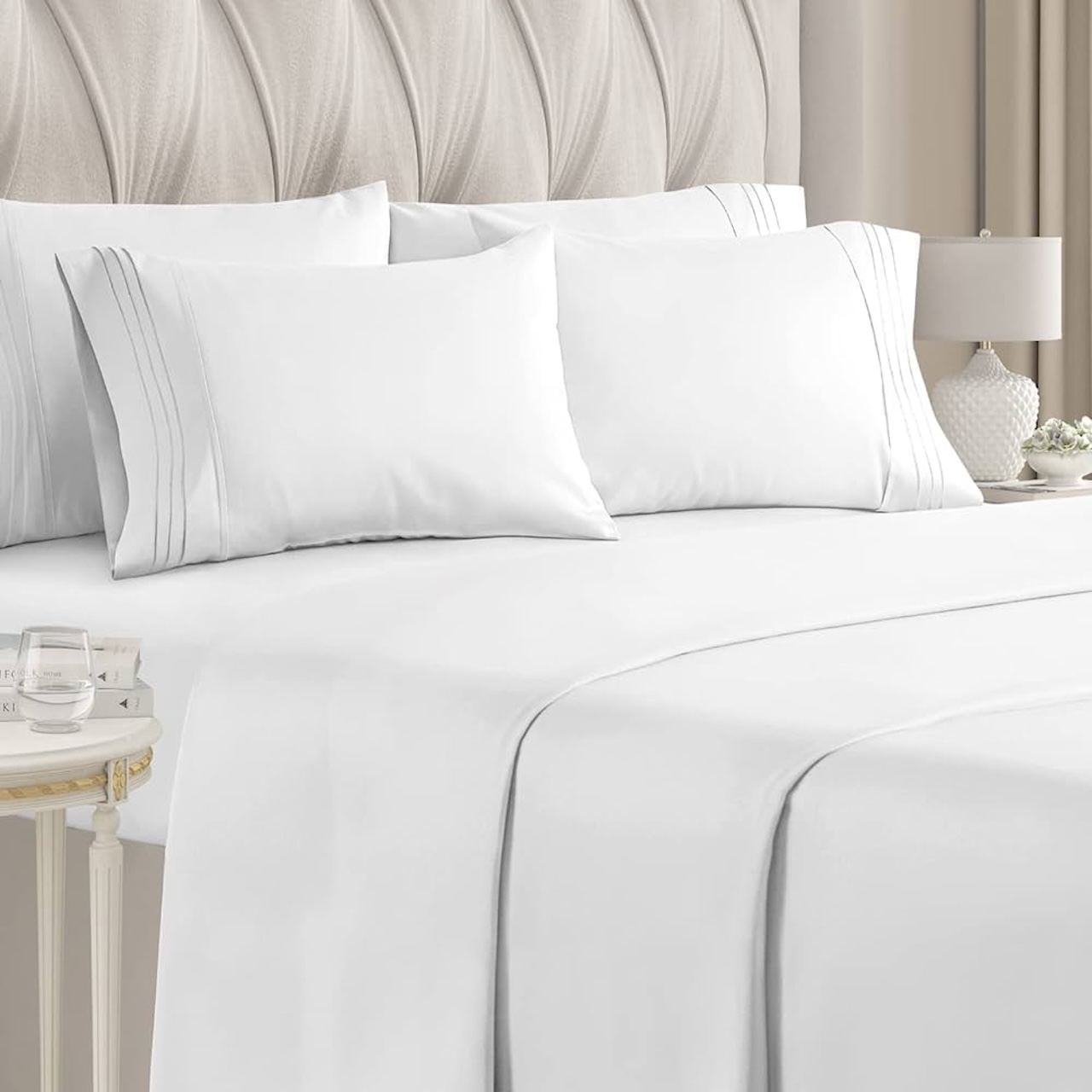
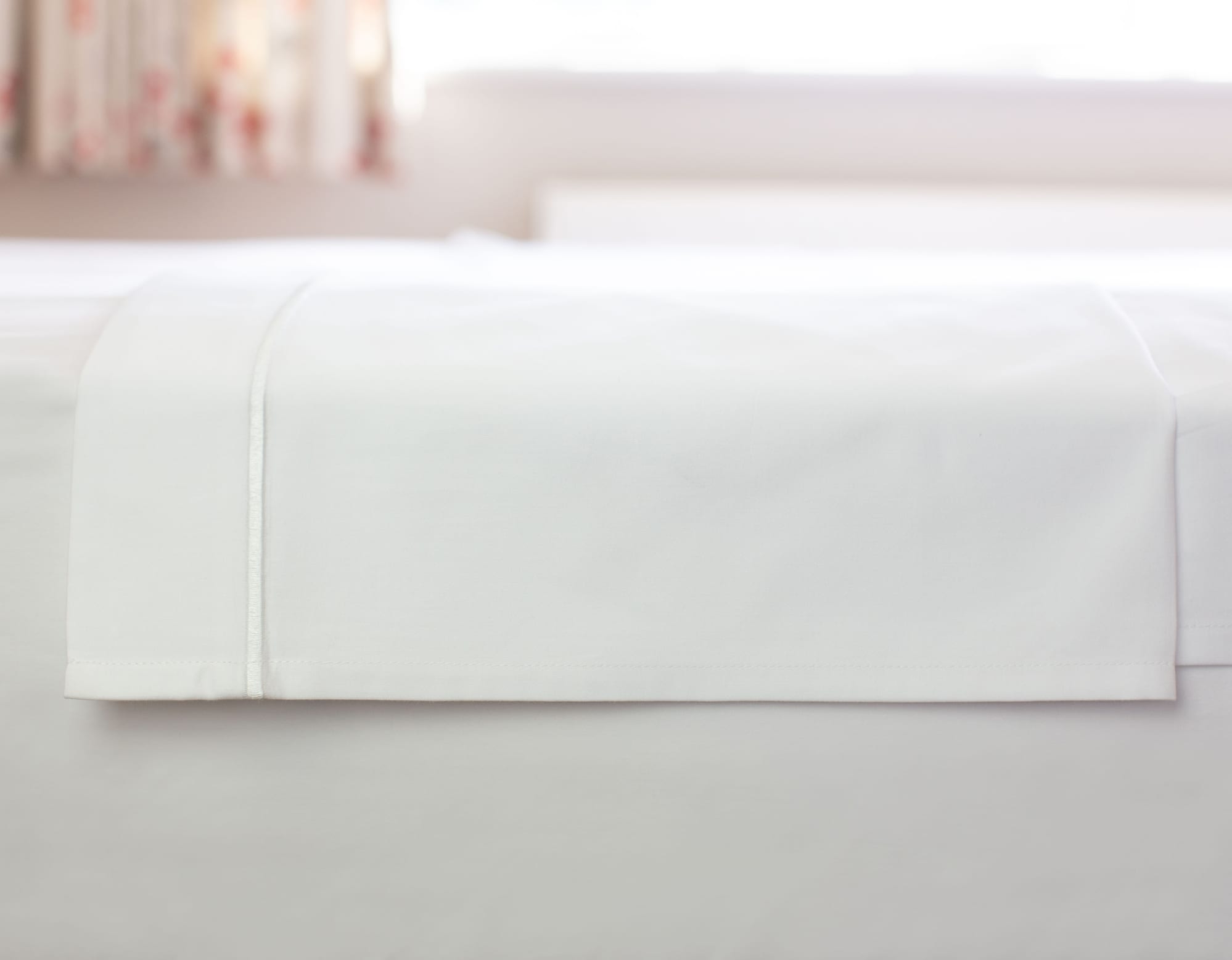
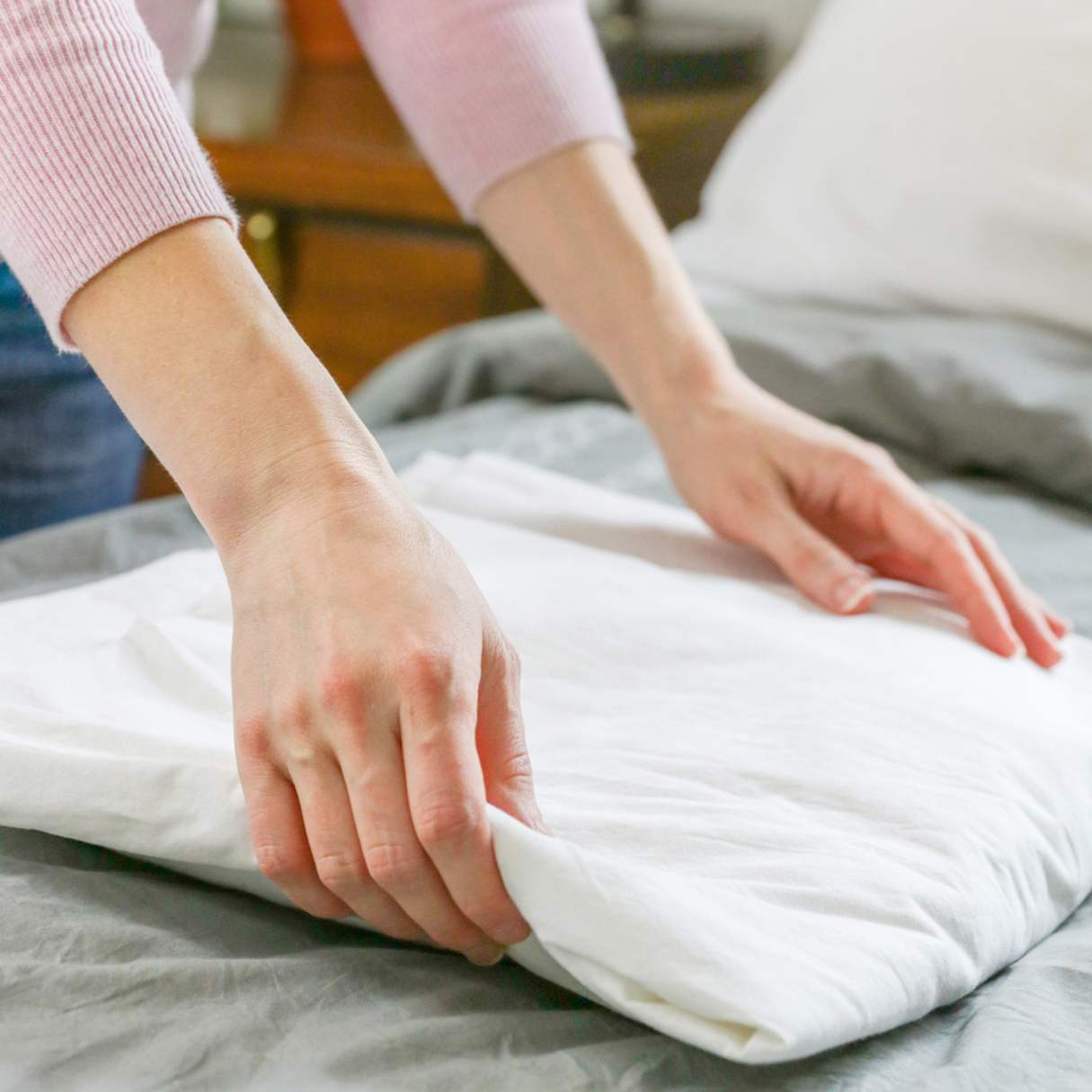
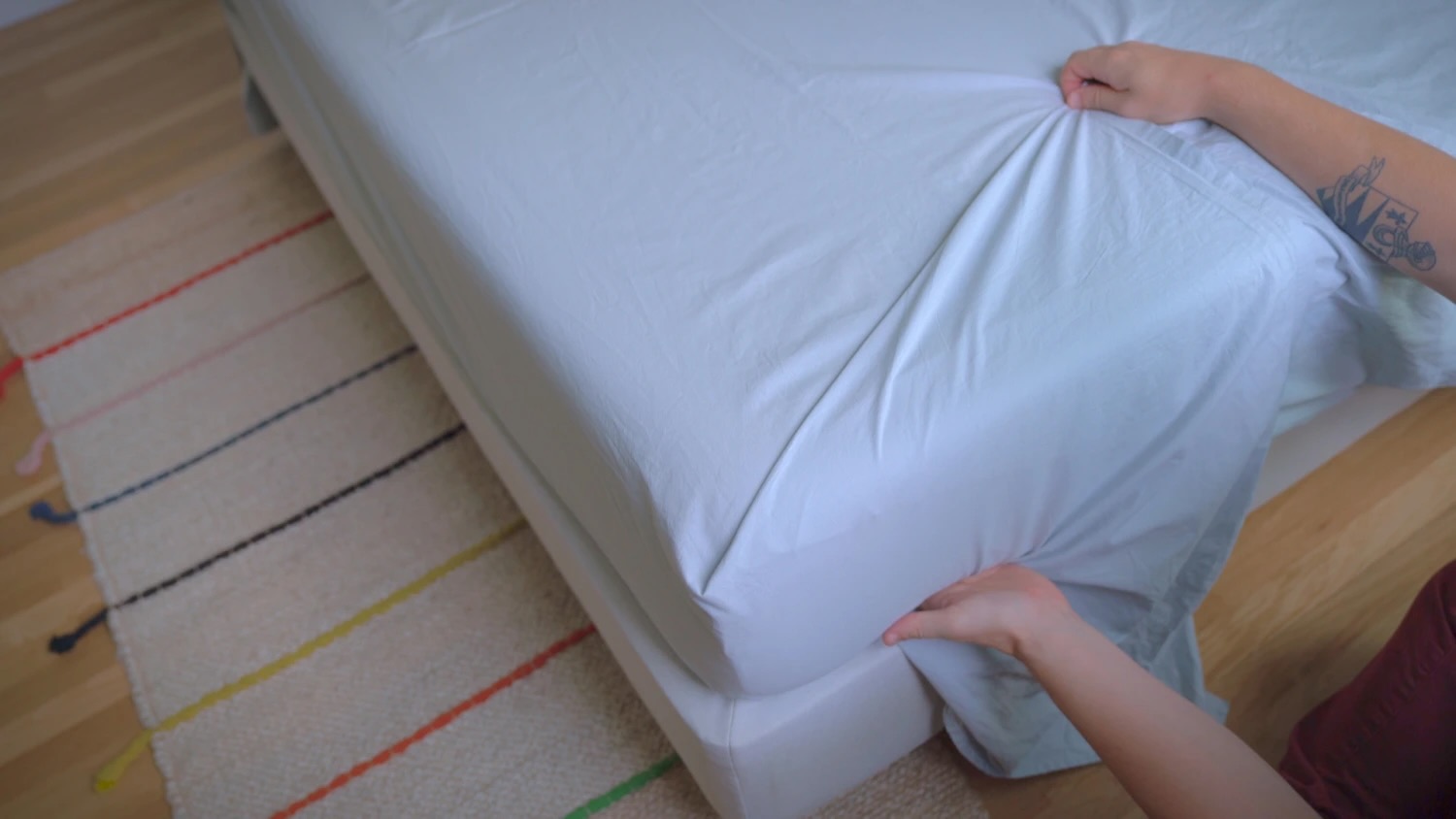

0 thoughts on “What Goes First: Fitted Sheet Or Flat Sheet”